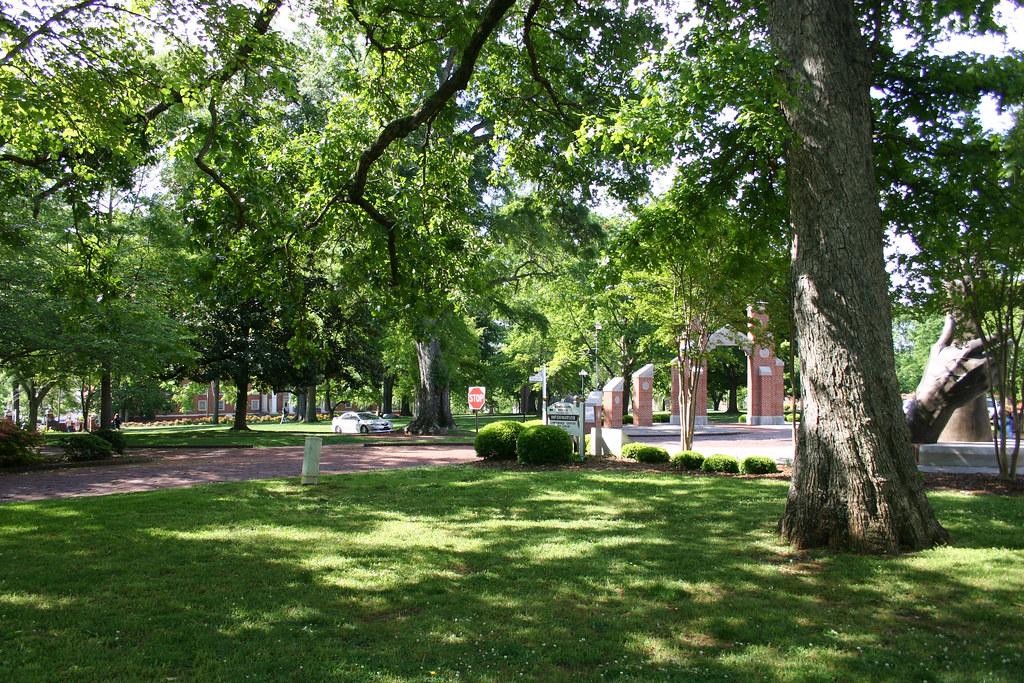How do we design inclusive spaces?
The United Nations defines a disability as resulting “from the interaction between persons with impairments, attitudinal and environmental barriers that hinder their full and effective participation in society on an equal basis” (United Nations, 2006). In the past, accessible design has focused on physical access. In more recent years efforts to consider other elements of inclusivity, such as culture and economic accessibility have strengthened. Fikfak et al identify the below 6 components of an inclusive city (Fikfak 2018).

2 principles of an inclusive city – Louise Huddart
The Role of Public Space
Deprived neighbourhoods are typically the unhealthiest environments with fewer accessible local amenities (CABE, 2008). As a result, such places are often left feeling unsafe, unattractive with poor accessibility for residents.
Li et al suggest urban green spaces provide a wealth of environmental and social benefits that can positively impact human wellbeing (Li et al, 2021). It acts as an arena for a variety of activities enabling communities to interact. Core principles for inclusive spaces include; distinctive and easy to navigate, regular secure seating, well-overlooked spaces, wide paths to accommodate a variety of users with good transport links.

“Pedestrian connections in Vancouver” by La Citta Vita is licensed under CC BY-SA 2.0
The Road to Inclusive Places and Spaces
WHO suggests over 1 billion people live with some form of disability (WHO, 2022). In Inclusion by Design, CABE suggests that individuals less likely to be accommodated are rarely consulted on the design of places and spaces. For example, individuals more likely to be subjected to discrimination are less likely to take part in the consultation process (CABE, 2008). This is a substantial downfall in the consultation process.
I believe inclusion should be central to urban environments. Inclusive design allows individuals to access, and use spaces with dignity. Additionally, an inclusive place will be able to respond to needs, offering flexibility and convenience to enable use without ‘special separation’ (CABE, 2008). Li et al indicate that accessible public space is not well dispersed throughout communities, often leaving deprived neighbourhoods without safe external space (Li et al, 2021). High-quality public open spaces can improve social accessibility and improve the quality of life for residents.
There is a considerable amount of articles and books supporting the mainstreaming of inclusive or universal design. As designers., we must make it a priority and put the theory into practice, breaking down barriers between different professions.

“Public Green Spaces” by Alabama Extension is licensed under CC0 1.0
References:
Li, X. et al. (2021) Evaluation of the accessible urban public green space at the community-scale with the consideration of temporal accessibility and quality. Ecological Indicators. Vol 131.
Fikfak, A. Lamovšek, A. (2018) The Urban Scale Of Inclusion: Reflections And Proposals For Accessible Public Spaces. The Creative Game. Slovenia. Vol 6. pp 52-56.
Barcham, M. (2021) Towards a radically inclusive urban design. Codesign. pp 1-13.
Cushing, D. Miller, E. (2020) Creating Great Places. Routledge. New York.
Burton, E. Mitchell, L. (2006) Inclusive Urban Design. Elsevier. Oxford.
CABE (2008) Inclusion by Design. [online] Available at: https://www.designcouncil.org.uk/sites/default/files/asset/document/inclusion-by-design.pdf (Accessed on 23/01/22)
WHO (2022) Disability. [online] Available at: https://www.who.int/health-topics/disability#tab=tab_1 (Accessed on 06/02/22)
United Nations (2006) Convention on the Rights of Persons with Disabilities. [online] Available at: https://www.un.org/disabilities/documents/convention/convention_accessible_pdf.pdf (Accessed on 10/02/22)
Nana B Agyei (2011) HFF – Park Fence. [online image] Available at: https://www.flickr.com/photos/32876353@N04/6241470999 (Accessed on 13/02/22)
Alabama Extension (2007) Public Green Spaces. [online image] Available at: https://www.flickr.com/photos/184594136@N08/49750363823 (Accessed on 13/02/22)
La Citta Vita (2012) Pedestrian connections in Vancouver. [online image] Available at: https://www.flickr.com/photos/49539505@N04/7802508934 (Accessed on 13/02/22)


